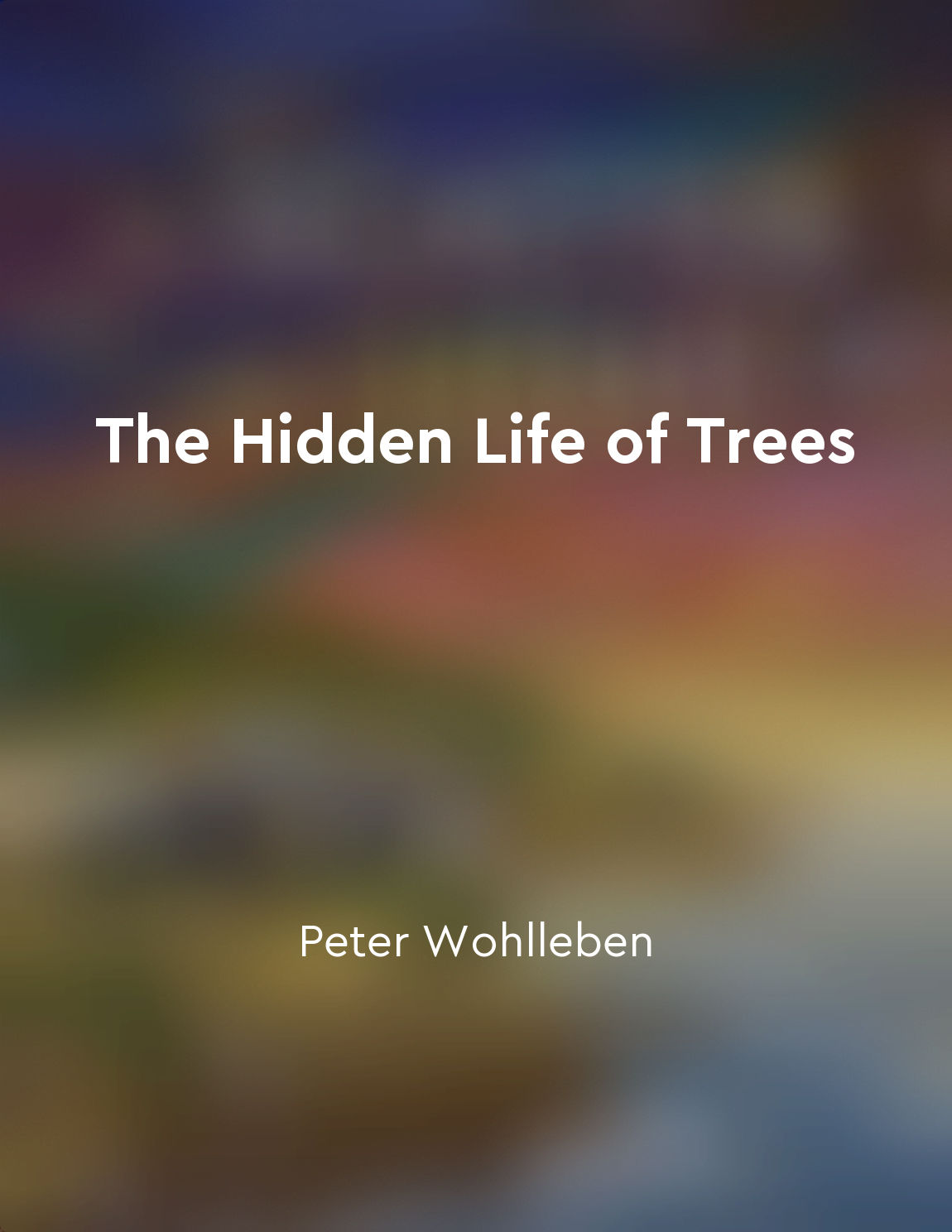Forests graphs acyclic connected components from "summary" of Introduction to Graph Theory by Douglas Brent West
A forest is a graph containing no cycles. The connected components of a forest are trees, which are connected graphs with no cycles. Each tree is called a component of the forest. A forest can be decomposed into its connected components, with each component being a maximal connected subgraph. In other words, a forest consists of one or more trees, where each tree is a maximal connected subgraph. The connected components of a forest are also acyclic, meaning they contain no cycles. This is because a forest itself contains no cycles, and each connected component of the forest inherits this property. Therefore, each component of a forest is both connected and acyclic.- A forest is a graph with no cycles, consisting of one or more trees as its connected components. Each component of a forest is a maximal connected subgraph that is also acyclic. This decomposition of a forest into its acyclic connected components allows for a clearer understanding of the overall structure of the graph. By identifying and analyzing these components, we can gain insights into the relationships and connectivity within the forest graph.
Similar Posts
Parallel algorithms leverage multiple processors for faster computation
Parallel algorithms take advantage of the increasing availability of multi-core processors to speed up computation by dividing ...
Legacy
When we speak of a man's legacy, we are talking about the lasting impact he leaves behind in the world. In "The Man Who Planted...
Canopy research is crucial for understanding the health of our planet
Canopy research, the study of the complex ecosystems that exist high above the forest floor, has emerged as a crucial tool for ...

They share nutrients with each other in times of need
In times of need, trees, particularly those in a forest, have a remarkable way of coming to each other's aid. When one tree is ...
Paths sequences connected vertices
A path in a graph is a sequence of distinct vertices in which consecutive vertices are adjacent. For example, in the graph G = ...

Trees store vast amounts of carbon
Trees are the most efficient carbon capture machines on the planet. They take in carbon dioxide from the air and convert it int...
Trees have a unique ability to adapt to their environment
Trees are the consummate outsider. They can't move. They can't get up and walk away. They can only stand here and endure, until...
Isomorphic graphs same structure
Two graphs that are isomorphic have the same structure, even if the vertices and edges are labeled differently. Formally, two g...

